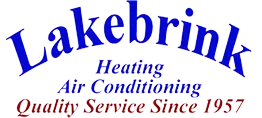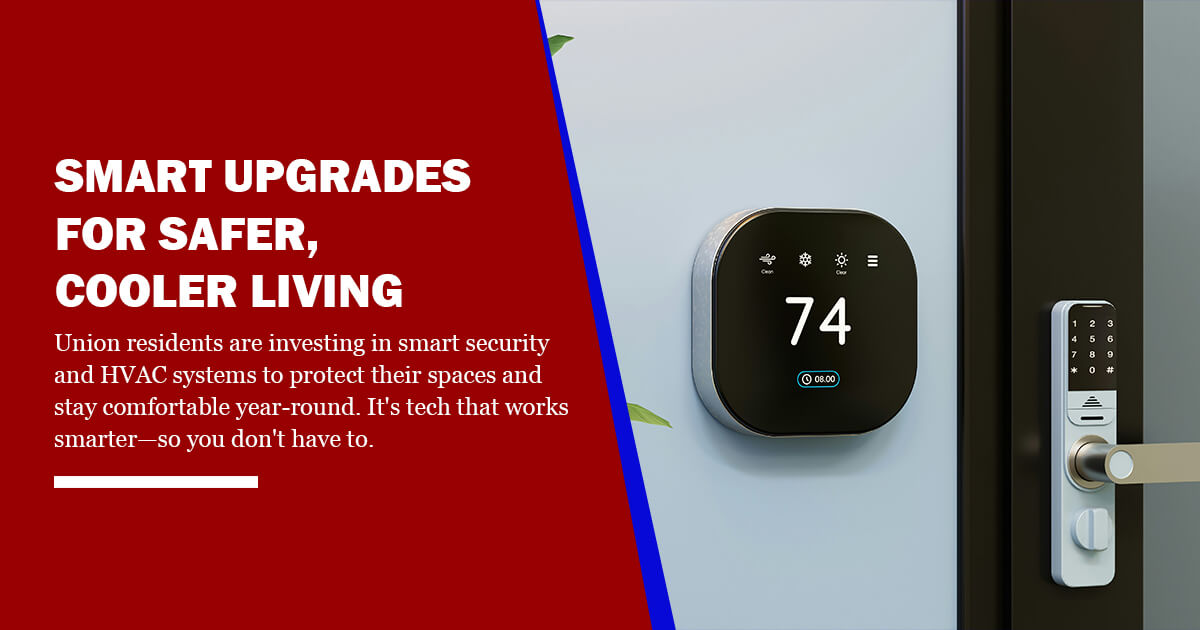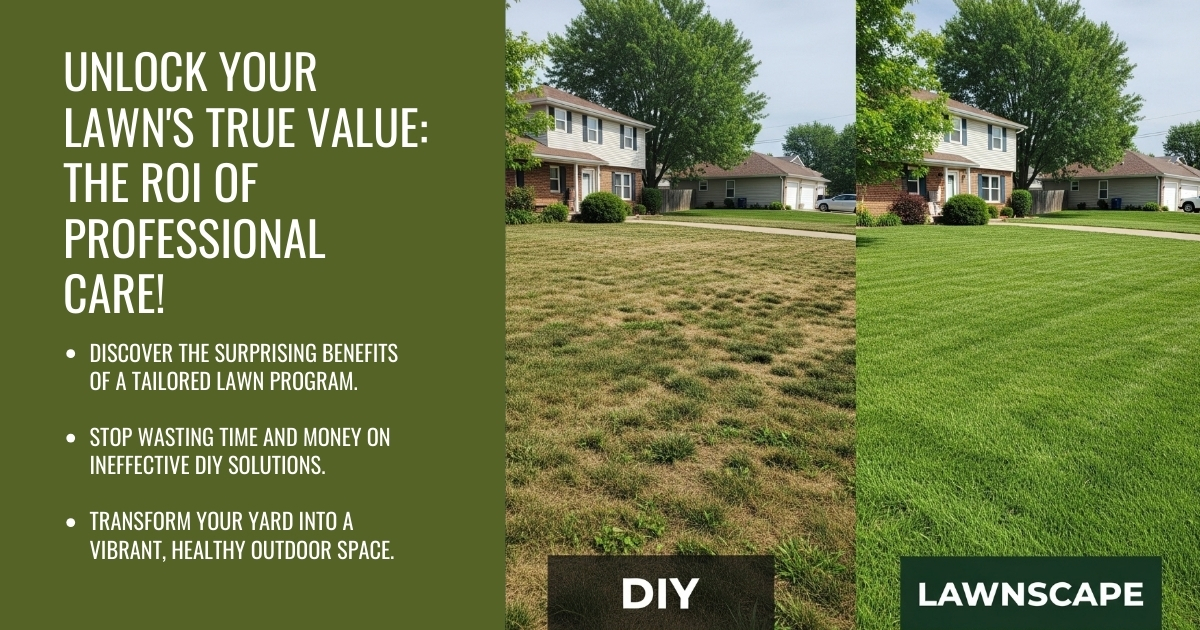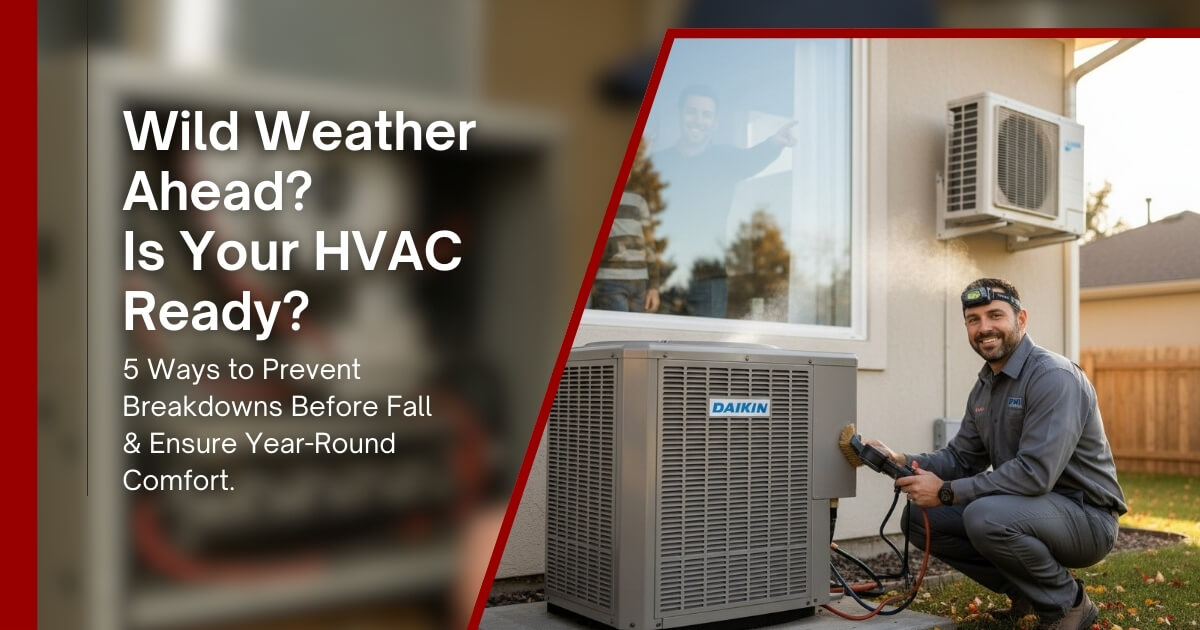Are Erosion and Drainage Destroying Your Landscape? Learn How Expertly Built Retaining Walls by Welby Outdoor Secure Your Property for the Long Term
Erosion and drainage problems aren’t just minor landscaping annoyances—they are pressing issues that can lead to significant property damage, soil loss, and even foundation instability over time. If you’ve ever watched heavy rain
carry away topsoil or seen water pool around your home, you know the anxiety that comes with it. In St. Louis, frequent storms and variable terrain make these concerns particularly urgent, often putting entire landscapes at risk.
Ignoring the warning signs can result in not only costly repairs, but also the loss of a beautiful and usable outdoor space. Recognizing these threats is the first step toward securing your property for years to come.
Shocking Facts: The Cost and Damage of Unchecked Erosion in St. Louis
Unchecked erosion is one of the leading culprits of property damage in the Midwest, with homes and businesses in the St. Louis region especially vulnerable due to the area’s climate and rolling landscapes. Erosion can erase inches
of topsoil with each heavy rainfall, destabilize yards, and cause water to flow toward homes—threatening foundations, driveways, and outdoor living spaces.
The resulting damage can cost homeowners thousands in repairs to hardscapes and landscapes, burden neighborhoods with runoff issues, and chip away at property value. As visible soil shifts and muddy runoff appear, the hidden risks
grow: soil structure weakens, plant roots lose grip, and pooling water works its way dangerously close to home structures.
The Science of Soil Instability: How Improper Drainage Amplifies Landscape Problems
Erosion is often an invisible force until it has already caused substantial damage. At the heart of most severe erosion and drainage problems is a breakdown in the natural ability of soil to absorb, channel, and slow water. When
water isn’t controlled—especially on slopes or around foundations—it picks up speed, stripping away soil and carrying it downhill.
Over time, repeated water flow can carve out deep grooves in your landscape and weaken embankments. Inadequate drainage systems, particularly when paired with poorly designed retaining walls, can actually make these issues worse by
concentrating flows, saturating soils, and undermining the wall’s structure.
Community Impact: Water Damage and Property Loss
The effects of neglecting erosion and drainage go well beyond surface appearances. Entire neighborhoods have experienced the consequences: yards that slowly disappear, patios that tilt, and fences that collapse. Preventable water
intrusion into basements, increased flooding in shared spaces, and the loss of usable yard area are all common outcomes. Local reports have highlighted neighborhoods where improper drainage created erosion gullies and property
disputes. Professional intervention is crucial.
Why Drainage and Erosion Problems Persist (and Why DIY Walls Fail)
Why Many Retaining Walls Do Not Solve Erosion or Drainage
Quick fixes—like wood timbers or DIY block walls—often fail because they don’t address the core issue: water movement. Without proper drainage, walls trap water behind them. Hydraulic pressure builds up, leading to bowing, leaning,
or full collapse. A true erosion solution requires a comprehensive approach that considers slope, water flow, soil type, and engineering techniques.
Hidden Costs of Poor Design
Failed walls bring costly consequences—rebuilds, landscaping damage, and even foundation issues. Environmentally, runoff can spread sediment and pollutants into nearby waterways. St. Louis homeowners should always opt for licensed,
experienced professionals.
Warning Signs: How to Spot Failing Retaining Walls
- Tilting or bowing after rain
- Cracks across wall surfaces
- Pooled water behind the wall
- Efflorescence (white residue)
- Soil or mulch displacement
- Loose or fallen wall blocks
Spot these signs early to save on major repairs and avoid structural risks.
The Complexity of Erosion Control: Soil Type, Water Flow, and Engineering
Erosion control demands local expertise. St. Louis’s clay-heavy soils retain water and expand under pressure, while sandy soils erode quickly. Only a site-specific design tailored by professionals ensures safety and longevity.
The Welby Outdoor Solution: Reliable Retaining Walls That Defend Your Property
Welby Outdoor’s Proven Approach
Welby Outdoor specializes in engineered retaining walls built for strength and water control. Every project begins with a full site assessment that evaluates slope, soil, and drainage. Then, a custom design is created with long-term
performance in mind.
Step-by-Step Protection
- Site Analysis: Evaluate slope, exposure, and drainage
- Design: Engineer walls to match soil and load needs
- Drainage Integration: Use weep holes, backfill, and drain pipes
- Materials: Choose long-lasting concrete blocks or natural stone
- Installation: Use compacted bases, step-backs, and reinforcement
- Inspection: Final walkthrough with the client
Integrated Drainage Features
- Weep Holes: Release water pressure
- Gravel Backfill: Improves water movement and reduces pressure
- Drain Pipes: Channel groundwater safely away
Materials and Techniques That Last
Welby Outdoor uses weather-rated materials, including concrete blocks, poured concrete, and natural stone. Reinforcements such as geogrid mesh and compacted soil layers ensure long-term stability. Proper surface grading and expert
placement reduce movement from seasonal changes.
Checklist: What to Expect From a Well-Engineered Retaining Wall
- Detailed assessment and custom plan
- Drainage integration built in
- Materials suited to local soil and weather
- Compliance with safety and code standards
- Project transparency from start to finish
Benefits Beyond the Build: Safety, Health, and Environmental Gains
Retaining walls protect walkways, yards, and homes. They also reduce mold, mosquito breeding, and runoff pollution. Professional installations filter stormwater, stabilize soil, and help maintain clean neighborhood ecosystems.
How to Secure Your Property: Signs You May Be at Risk
- Water pooling after rain
- Soil loss or hillside shifts
- Leaning fences, cracked patios, or exposed roots
- Bare patches or erosion channels
- Retaining wall movement or white residue
If these signs appear, schedule a professional assessment with Welby Outdoor right away.
Choosing the Right Contractor: Why Welby Outdoor Stands Out
Welby Outdoor’s team combines engineering knowledge with hands-on experience in the unique landscapes of St. Louis. Every solution reflects local conditions, client needs, and long-term property goals. Transparent communication and
expert guidance build trust and deliver results.
Affordable Protection Steps You Can Take Today
- Regrade surface slopes
- Clear gutters and downspouts
- Use ground cover plants to prevent erosion
- Inspect property after storms
- Book a consultation with Welby Outdoor before DIY projects
Contact Welby Outdoor: Protect Your Property the Right Way
Don’t wait for erosion or water damage to escalate. Contact Welby Outdoor today to schedule a detailed site assessment. Their experienced team will guide you through a customized erosion control strategy built for your property.
Visit www.welbyoutdoor.com to learn more or call the team directly using the number provided on the website.
FAQ: Retaining Walls and Erosion Solutions
How do I know if my yard needs a retaining wall?
Signs like pooling water, bare soil, leaning fences, or visible runoff indicate a need. A site evaluation confirms whether a wall is necessary.
What makes Welby Outdoor’s walls more effective?
They use engineered materials, integrated drainage, and climate-specific designs tailored for St. Louis conditions.
Can I build a retaining wall myself?
Small walls might be DIY-friendly, but professional installation is essential for erosion control and long-term success.
Are there low-cost erosion fixes?
Yes—regrading, drainage maintenance, and planting ground cover help. But serious slope or drainage issues need expert solutions.
How soon will I see results?
Immediately after installation, you’ll notice better drainage, firmer soil, and greater peace of mind during storms.





